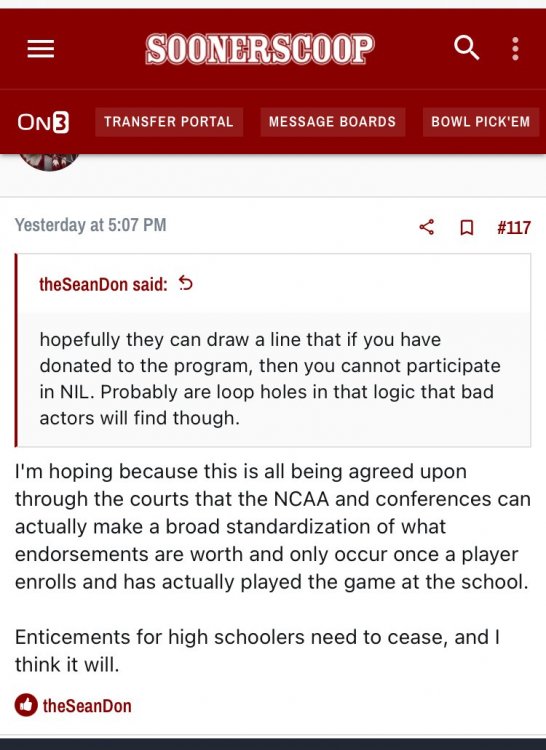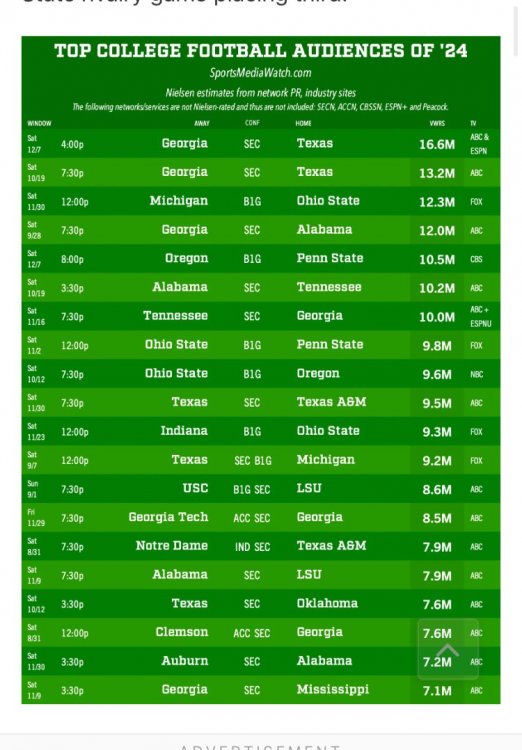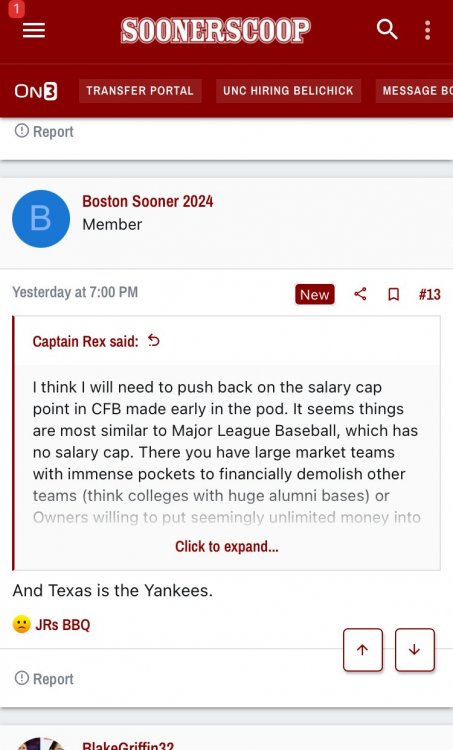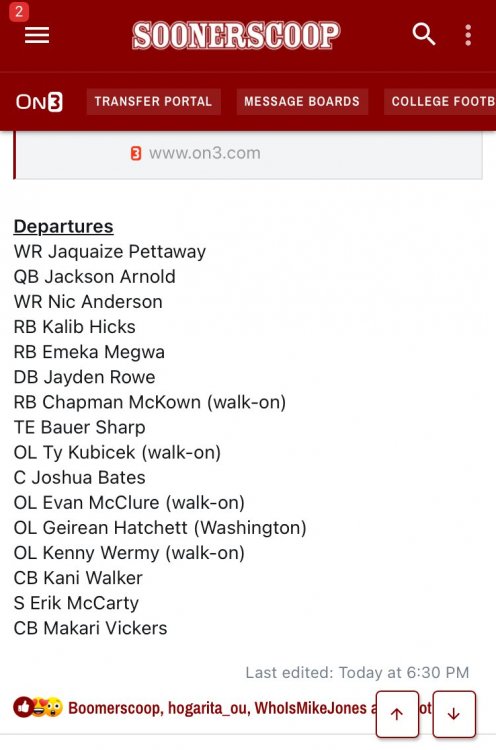Oh, those Aggie posts.
Most of y’all are too young to remember the greatest Ag post ever. It was 1998, on the Austin360 board. TexAgs was small, comparable to Aggie Websider and Aggie Bench Press (don’t ask). Many Ags posted on the TAMU board associated with Austin360.
Texas had beaten the Ags in 1998, and then beaten Sherrill in the CB. Then, Texas jumped out to a big lead in 1999 recruiting (would end up with #1 class). The Ags, B12 champs and recently dominant over Texas (they won 10 out of 11 from 1984-1994, amassing three major NCAA probations along the way and narrowly missing a death penalty), were wondering if they should be concerned.
Some Ag posed a parable, a metaphor to explain what was going on. He said that the rivalry could be understood by playground dynamics, and that Texas was the spoiled brat kid that got things without working, and the Ags were the “good character” kid (this is where all the Longhorns who witnessed Sherrill and Slocum recruiting spit out drink through our noses laughing), and that the good character kid would win in the end, because he’s doing things the right way.
Oh, I miss Austin 360









